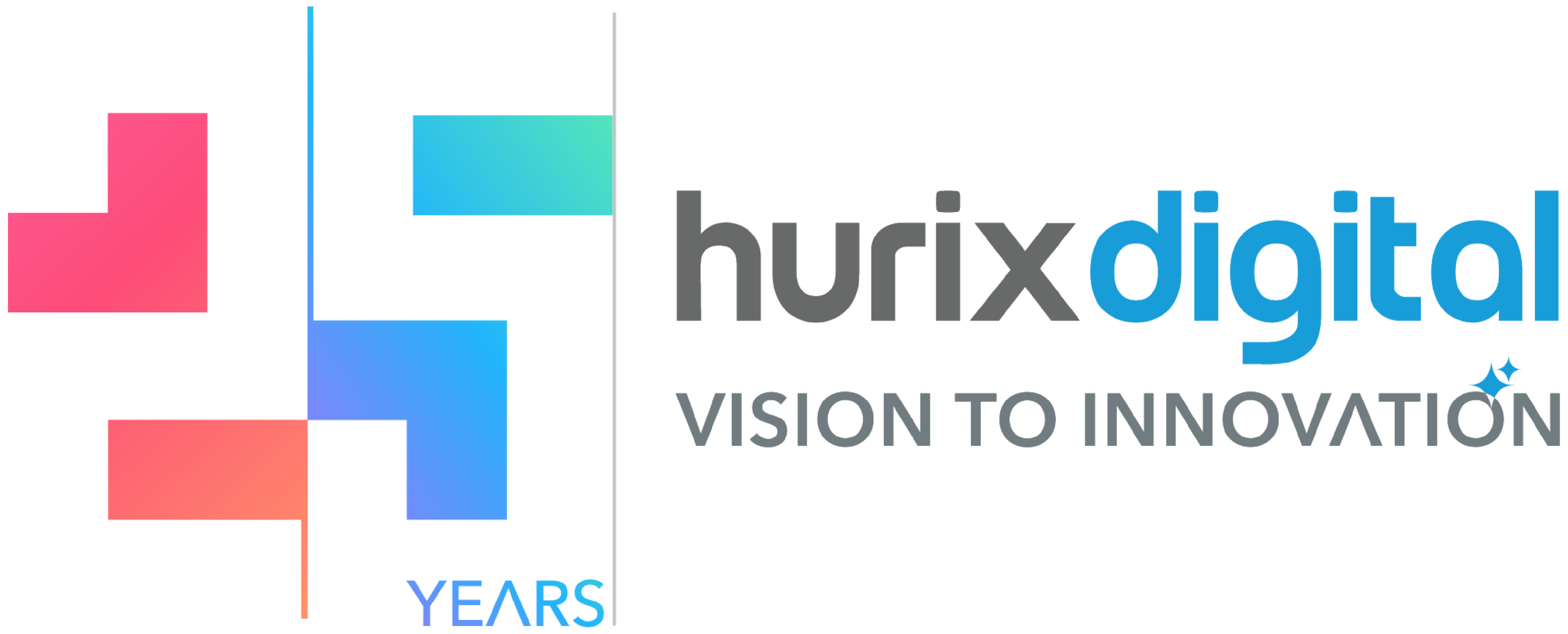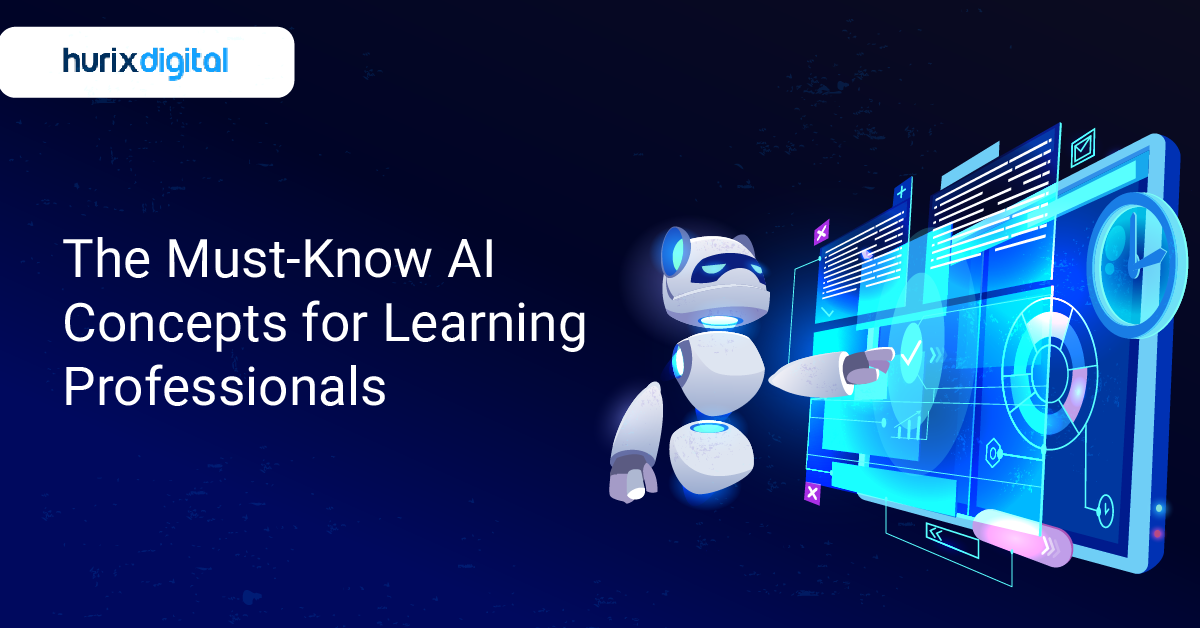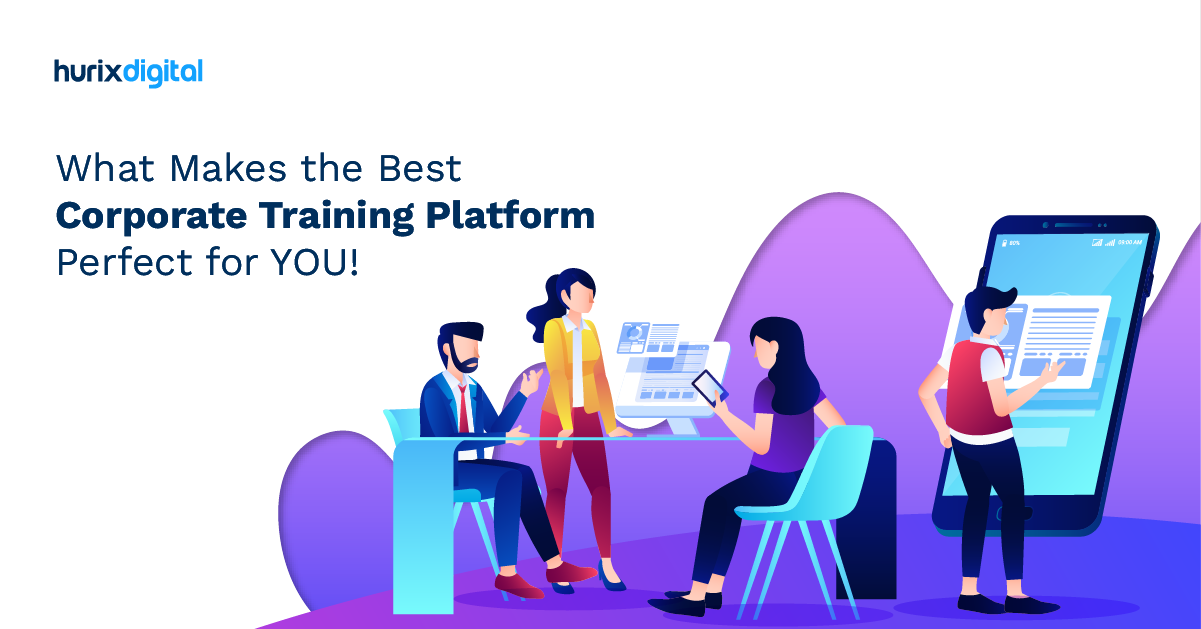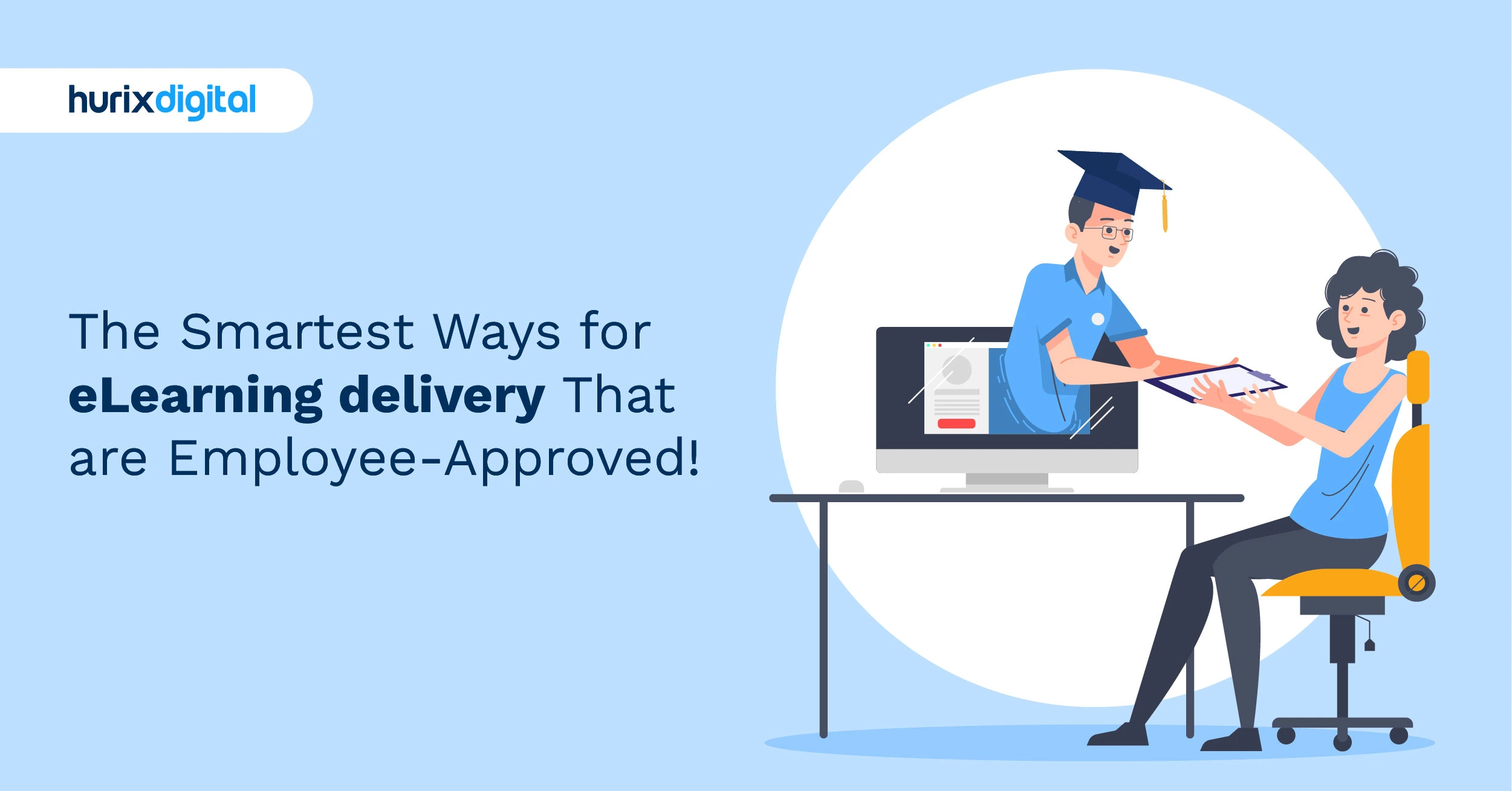
The Smartest Ways for eLearning delivery That are Employee-Approved!
Summarize with:
When it comes to choosing the most effective eLearning delivery methods and the best ways to deliver online learning courses for your L&D programs, the first thing you need to consider is aspects such as learning objectives, unique learner requirements, budget, and more.
Organizations can utilize a combination of various training types and delivery methods to effectively transfer knowledge and engage their employees.
The choice of training delivery method depends largely on factors such as the resources available for employee training and the organization’s emphasis on training.
Learning and development are essential for growth, whether at the personal or organizational level. Statistics back up the fact that corporate training programs help employees see their employers in a better light and enhance productivity, engagement, and retention:
- 70% of the employees would quit their current company to work at one that invests in employee development.
- 68% of the employees show a preference for training and learning more while working.
With that said, merely implementing a corporate training program is not enough. You need to ensure that the training modules are delivered effectively to learners. Training delivery methods are often grossly underestimated, leading to a well-planned curriculum failing due to delivery setbacks.
In this post, we explore eLearning delivery methods and some of the most effective types of training delivery methods. Let’s begin.
Table of Contents:
- What is an eLearning Delivery Method?
- What are the Top Corporate Training Delivery Methods of 2026?
- How to Choose the Most Effective Training Delivery Method?
- To Conclude
What is an eLearning Delivery Method?
The eLearning delivery method refers to the means through which you communicate knowledge to your learners. This implies that you need to utilize certain technologies, elements, resources, best practices, and facilities to deliver the intended learning experience to your learners and meet specific learning goals.
What are the Top Corporate Training Delivery Methods of 2026?
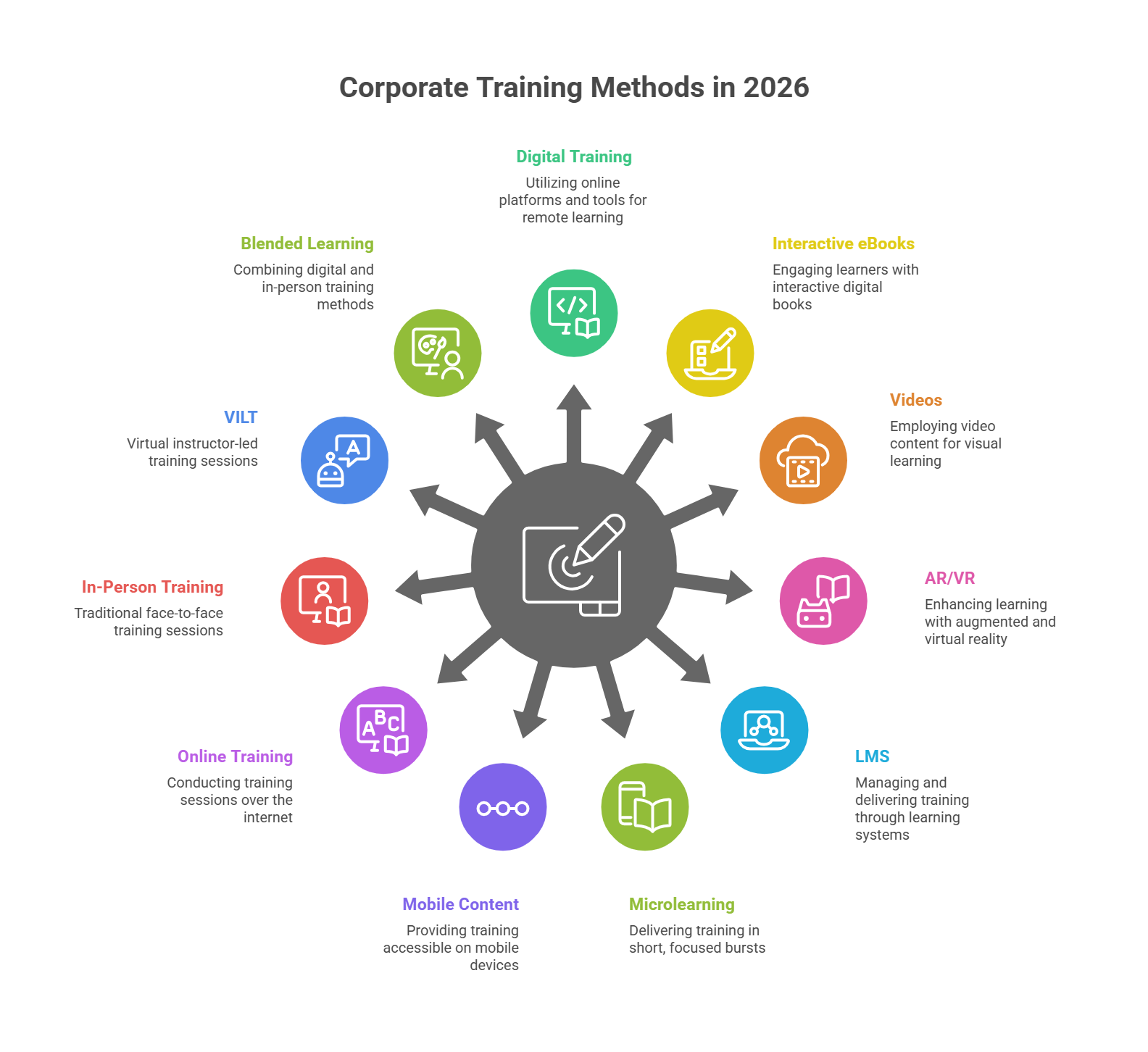
Owing to the digitality of business operations in the modern world, corporate training delivery methods can be broadly classified into three categories:
- In-person training delivery
- Online training delivery
- Digital training delivery
These methods overlap in some areas where resources are involved. The digital training delivery method is gaining popularity due to its engaging and interactive nature.
Let’s understand each method in a little more detail.
1. Digital Training Delivery Methods
Corporate training delivery methods that leverage digital tools come under this category.
Below is a list of extremely popular digital training delivery methods that maximize penetration, outreach, and impact by being interactive, engaging, and accessible.
2. Interactive eBooks
eBooks can deliver media-rich, responsive, and customized content through digital publication platforms. They can be downloaded in PDF formats or viewed straight through the resource using simple mobile applications, making them accessible and easy to use. They are also cost-effective for organizations.
3. Videos
Video training is another interesting type of training delivery method that effectively engages employees and delivers learning experiences at a much lower cost as compared to traditional training.
Leveraging video training enables learners to understand content and digest information in a simple and easy-to-understand format that is not only easier to retain but also offers the flexibility to access it at any time, from anywhere.
Likewise, interactive webinars are another video-based delivery method that effectively engages learners and holds their attention for a longer period.
4. AR/VR Enhanced Digital Content
Augmented and virtual reality corporate training modules are a highly impactful, interactive, and engaging method of training delivery. They help create solo experiences for the learner, which help increase the return on investment from the training.
However, these technologies are expensive and may be too much of an investment at this point.
5. Learning Management Systems
LMS is the most effective and efficient method for delivering corporate training to a large number of employees simultaneously. LMS is centralized and can be accessed with a user ID and password.
This enables L&D professionals to upload their training modules to the system, allowing employees to access them at their convenience.
They are cloud-based, accessible, and extremely function-rich.
6. Microlearning
Microlearning refers to bite-sized training content that is highly focused on a specific, contextual subject and can be digitally broadcast over an employee network.
It can be a short video, an infographic, a brief PowerPoint presentation, a text, or even a digital asset that employees can quickly read and learn from.
7. Mobile Content
The only device every employee is guaranteed to always have on their person is the mobile phone. Creating corporate training content that is mobile-friendly helps to ensure its penetration stays high.
At the same time, it allows the employees time to pace their training as the content remains accessible on mobile phones. They can consume it whenever they get time.
8. Online Training Delivery Method
The online training delivery methods overlap with the digital methods in that the digital training modules are delivered to the learners over the company network, online.
Some of the ways that corporates leverage these modern training delivery methods are:
- eLearning Solutions: Through delivering slideshows, gamified training content, voiceover text modules, quizzes, etc., over the company’s employee channels, organizations can leverage the power of a unified employee platform to deliver eLearning content
- Virtual Training: Essentially a method where face-to-face learning is simulated in an online environment through live video feeds, mass participation, and interactive learning tools like chat, audio, interactive video, and more
9. In-Person Training Delivery Method
As the name suggests, this method involves the trainer and learners being face-to-face, with knowledge exchange taking place. This type of corporate training may be formally initiated or occur as part of the job, in progress.
However, these training methods have become largely obsolete and now exist only through spontaneous interactions.
A good example is “shadowing,” where new recruits learn from veterans by emulating their example in their own approach to work.
The second method is the traditional training approach, where a corporate trainer organizes sessions for leadership training, teamwork training, and other purposes, and works closely with the team to deliver knowledge and skills.
This method is still in practice through corporate training camps and excursions.
The third method is mentorship, wherein a senior employee takes a junior employee or new recruit under their wing and coaches them in learning the hands-on skills required to perform the job well.
10. Virtual Instructor-Led learning (VILT)
Virtual Instructor-Led Training, or VILT, is a well-established eLearning delivery method in which training is delivered via a virtual space where both the instructor and learner are located in different physical locations.
This type of virtual learning environment aims to replicate a traditional classroom learning environment, making online training more productive for learners.
The key reason behind the popularity of VILT is that it enables organizations and instructors to reach a larger and more dispersed audience without incurring significant expenses on travel or accommodations.
Furthermore, this type of training delivery method provides learners with convenience and flexibility in terms of how and where they wish to learn.
11. Blended Learning
Blended learning enables organizations to utilize and leverage a range of approaches, ensuring that every learner retains the information. This kind of delivery method is ideal for organizations with diverse training requirements and learning objectives.
Typically, blended learning combines two of the most popular training environments: traditional in-person learning and eLearning.
While physical, in-class learning offers an opportunity for face-to-face interaction, eLearning provides a more flexible, self-paced, and personalized learning experience with a range of elements, including videos, tutorials, games, quizzes, and more.
How to Choose the Most Effective Training Delivery Method?
Here are some of the important questions to ask yourself before making the pick for the most effective eLearning delivery method.
- What is the main aim of your training, and what are you trying to achieve?
- What is your learner profile, where are they located, and how willing are they to travel for training?
- What is your training budget?
- What kind of development resources do you have?
To Conclude
The best way to ensure that learners can maximize the benefits from a corporate training session is to deliver it properly and make it accessible. According to SHRM, approximately 70% of employees prefer a self-paced, online mode of learning.
The success or failure of any training method largely depends on how it is delivered. Selecting the most effective training delivery methods can significantly impact your organization’s overall training goals and learning outcomes.
To help you deliver a successful L&D program, we have shared the top training delivery methods that can enhance the effectiveness of your training manifold.
If you are looking for robust corporate training solutions, Hurix Digital is a top name in the industry that facilitates engaging learning experiences to empower employees and drive performance, thus delivering the desired results. Contact us to learn more.
Summarize with:

Senior Vice President –
Learning Strategy & Design at Hurix Digital, with 20+ years in instructional design and digital learning. She leads AI‑driven, evidence-based learning solutions across K‑12, higher ed, and corporate sectors. A thought leader and speaker at events like Learning Dev Camp and SXSW EDU
 Upcoming Masterclass | Build an Army of Brand Evangelists using Training & Development | November 20th, 8:30 AM PDT | 11:30 AM EDT | 10:00 PM IST
Upcoming Masterclass | Build an Army of Brand Evangelists using Training & Development | November 20th, 8:30 AM PDT | 11:30 AM EDT | 10:00 PM IST
